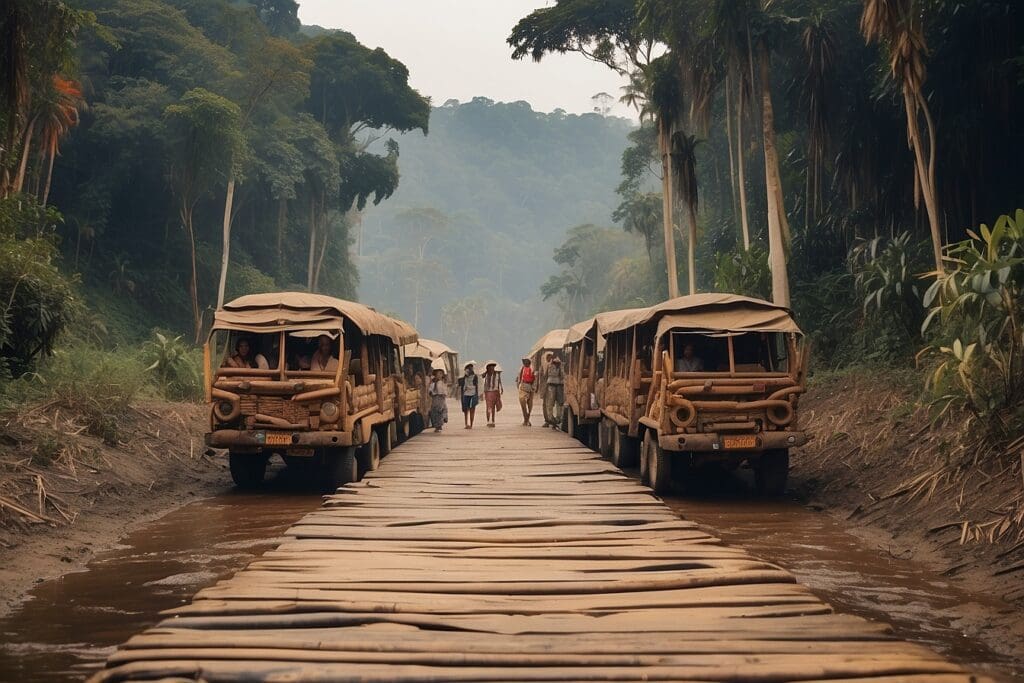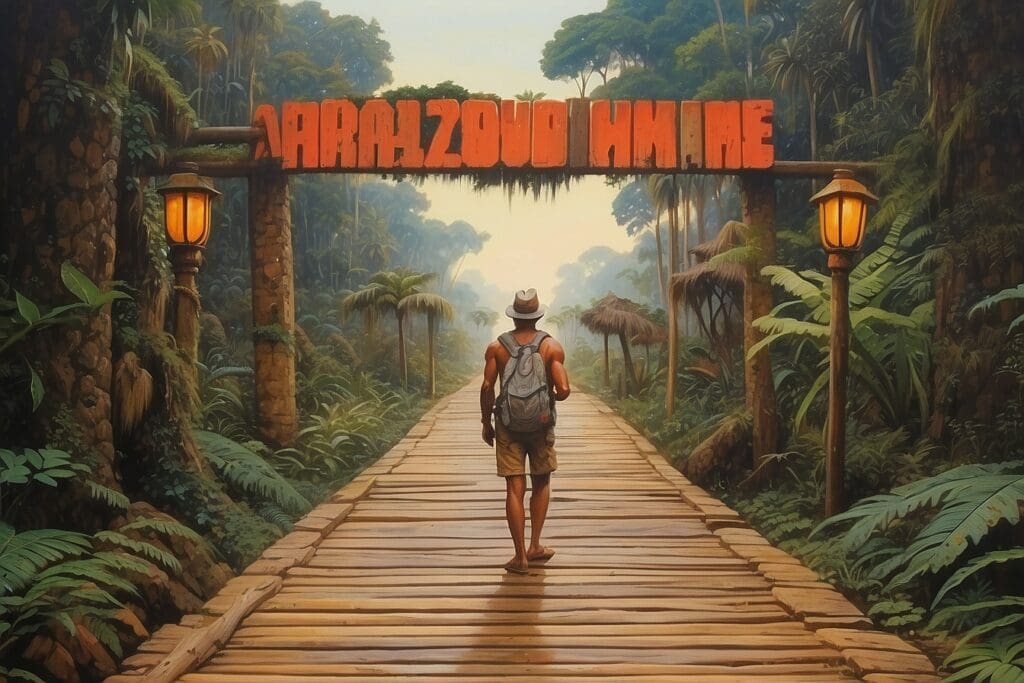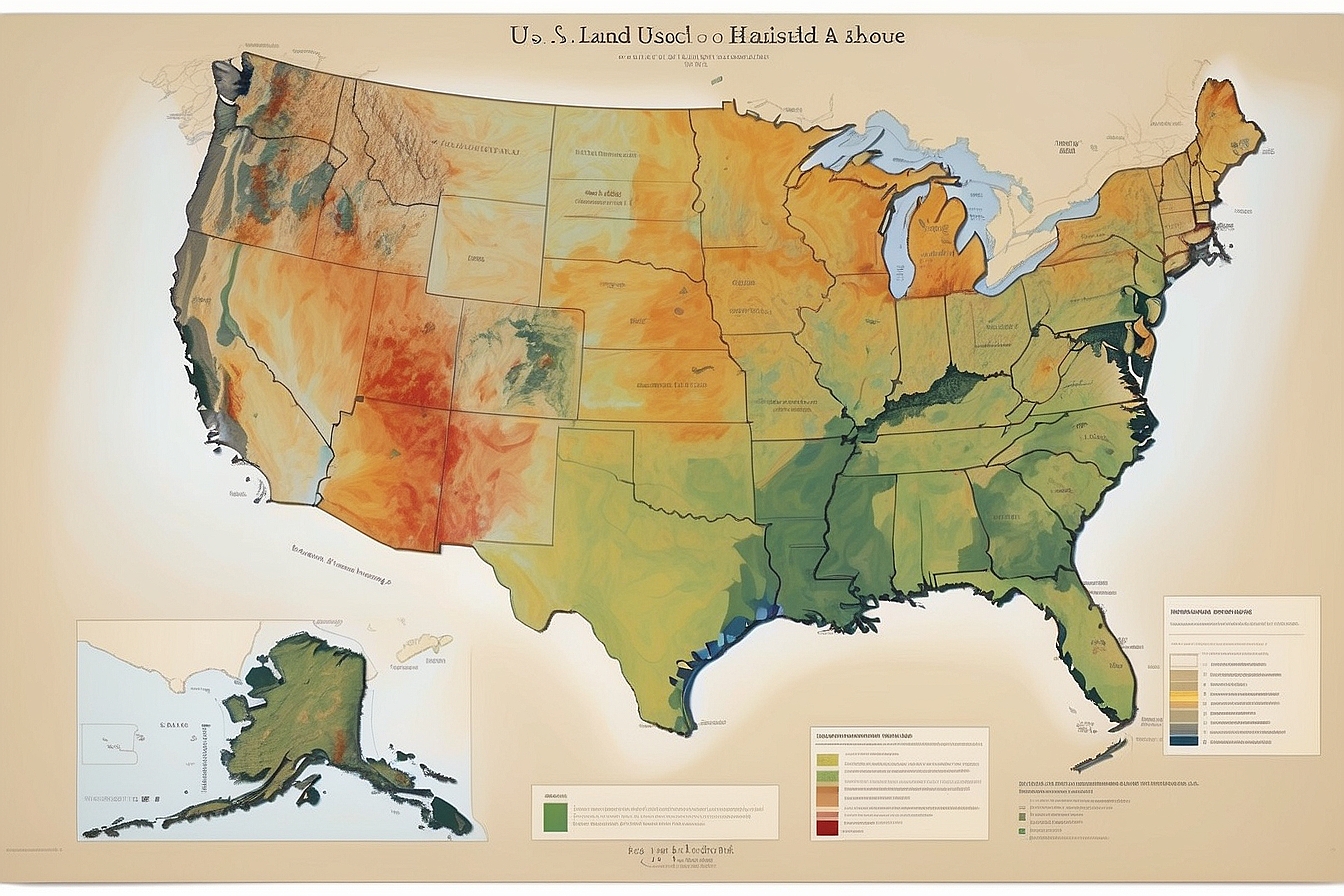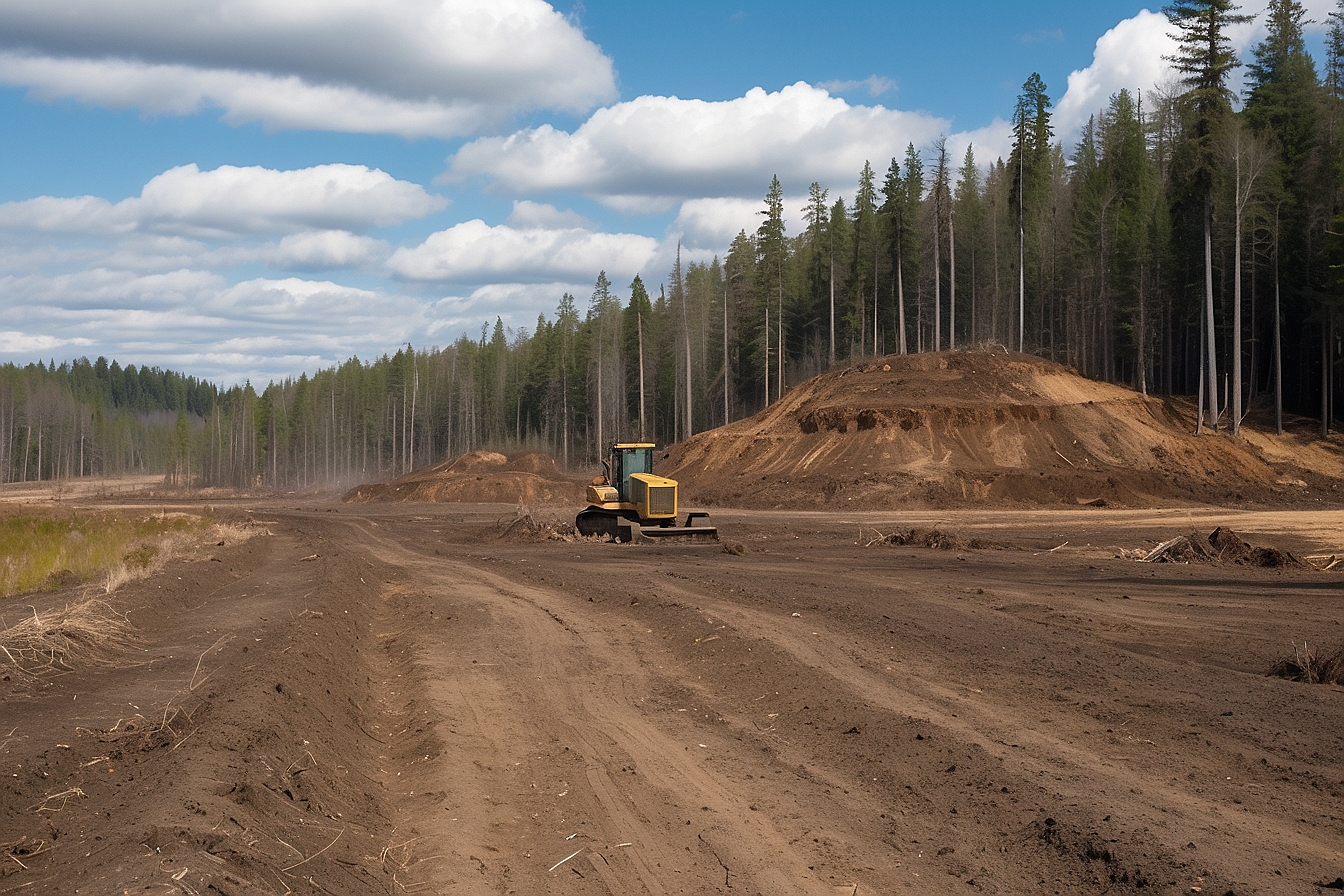The Amazon rainforest is not what television has made it out to be. It’s not always teeming with wildlife, nor is it ever absent of human footprints. In the Peruvian Amazon, there’s Iquitos, a city of more than 400,000 people, the largest city in the world that has no roads connecting it to the outside. I flew into Iquitos a few summers ago, and this is how I describe it:
The bank of the Amazon River is green, but also gray and yellow with a fringe of purple lights. It borders a playground with screaming children in collared shirts. There’s a cement boardwalk. A short wrinkly man sells monkey and bear balloons. A bar on the river serves Pisco sour with lime, sugar and beaten egg white. Whitney Houston belts through the bars’ speakers. “Iiiiiiiii will always love youoooouuuu…” Cars are a novelty here. Instead, motorcycles and ¨motokars¨ (three-wheeled motorbike taxis with room for two passengers) zip through the streets. The motorcycles create a constant buzz in the city, mimicking the mosquitoes. Iquitos is not completely disconnected from its surrounding rainforest. It’s sweaty, sticky and flat.

I visited the Amazon for six weeks as a writing intern for the Center for Amazon Community Ecology (CACE), a small nonprofit founded by scientist and activist Campbell Plowden of Pennsylvania. Part of CACE’s mission is to give the Amazonian people an economic incentive to conserve their forests. It’s not that forest natives want to be logging and making charcoal in their backyards, rather, it’s that they often don’t have a choice. Job opportunities are slim, and families need to be clothed and fed. CACE is researching how to sustainably harvest the resin of the copal tree. Once distilled, the resin might be valuable as an essential oil for the perfume industry. CACE also supports indigenous artisans by selling their non-timber crafts in the United States.
While researching and brainstorming with artisan groups, we stayed in several indigenous villages, which looked nothing like the photo spreads of Amazonia in National Geographic. No one wore loin cloths. They preferred short red shorts and flowered tank tops. All the village teens knew how to hunt down a wild pig, but they also knew how to win a soccer match and sing like Michael Jackson. They had no internet and few books. Some villages had a telephone, and some did not. They were farmers, fishers, and loggers, and they were inseparable from the global market.
In the village of Sucusari, several researchers from the United States and I attended an annual meeting of the indigenous Maijuna, a small ethnic group of under 500 people who, with ethnobotanist Michael Gilmore as its gringo adviser, founded FECONAMAI, an indigenous alliance representing all four Maijuna communities. Since then, the Maijuna have come together annually to share problems, brainstorm solutions, and play soccer. One of the major issues of discussion has been a proposed Maijuna Area of Conservation, which would forever protect the Maijuna lands forever, revitalize fish populations and decrease deforestation. Several local and international groups support the Maijuna’s efforts to protect their traditional lands, including Procrel, a regional government organization, and IBC, an NGO founded by an American anthropologist. Moreover, Michael Gilmore has teamed up with the Field Museum of Chicago to prepare an overview of the biodiversity and the depth of Maijuna culture in the proposed area. Hopefully, this assessment will convince the government that this land is too important to be destroyed.
Unfortunately, the Maijuna are fighting an uphill battle. There’s a proposal to build a road that would cut through the heart of the Maijuna territory. According to the proposal, five kilometers of agricultural lands would border each side of the road, effectively wiping out the lands of the Maijuna. The construction of the road is considered a “national priority,” which means it overrides all other interests, including the regional Maijuna Area of Conservation. According to Mr. Gilmore, the proposal was pushed by (illegal) loggers and (illegal) drug traffickers who are tired of walking through the forest by foot. No matter what, the Maijuna are still fighting to save their lands, and they remain steadfast in their resolve to protect their environment and their future.
All around the Amazon the native culture is changing.
I met a native of Bora named Elvira Pena Saldano. Elvira was born and grew up in Brillo Nuevo, a village of about eighty families on a tributary of the Amazon River in Peru. This is where she learned both Bora and Spanish, and where her 11 year-old pet parrot, Maruja, learned both Bora and Spanish! Three of Elvira’s four children now live in Brillo Nuevo, while her eldest daughter is a teacher in the city of Iquitos, which is a 16 hour trip away.
Elvira says that things are changing in Brillo Nuevo. The community used to have ten or eleven traditional festivals every year and now they hardly have one. Lisbet, Elvira’s youngest daughter, wants to leave the village. I understand her sentiments. I also wanted to leave. During my trip, I once thought, “Even if you gave me a million dollars, I wouldn’t live here for a year.” The place is always buzzing and itching with chiggers, wasps, and mosquitoes. The day ends at sunset because there’s no electricity. The closest hospital is hours, sometimes days, away by motorized canoe. The drinking water is dirty, contaminated with pig feces. In some villages, there are no bathrooms. School buildings exist, but school’s rarely in session because the teachers flee to the city. Some villages remember their native tongue, while some speak only Spanish. Work is scarce. Logging illegally for profit is tempting.
The Amazon isn’t just a montage of parrots and bananas. It’s a place with people – 22 million of them. Most of these people are trying to make it in the global market, just like the rest of the world. Unfortunately, the indigenous people of Peru have little control over the fate of their forests, but we might. CACE is helping by exploring the market feasibility of non-timber products. What else can be done? What can you do?





